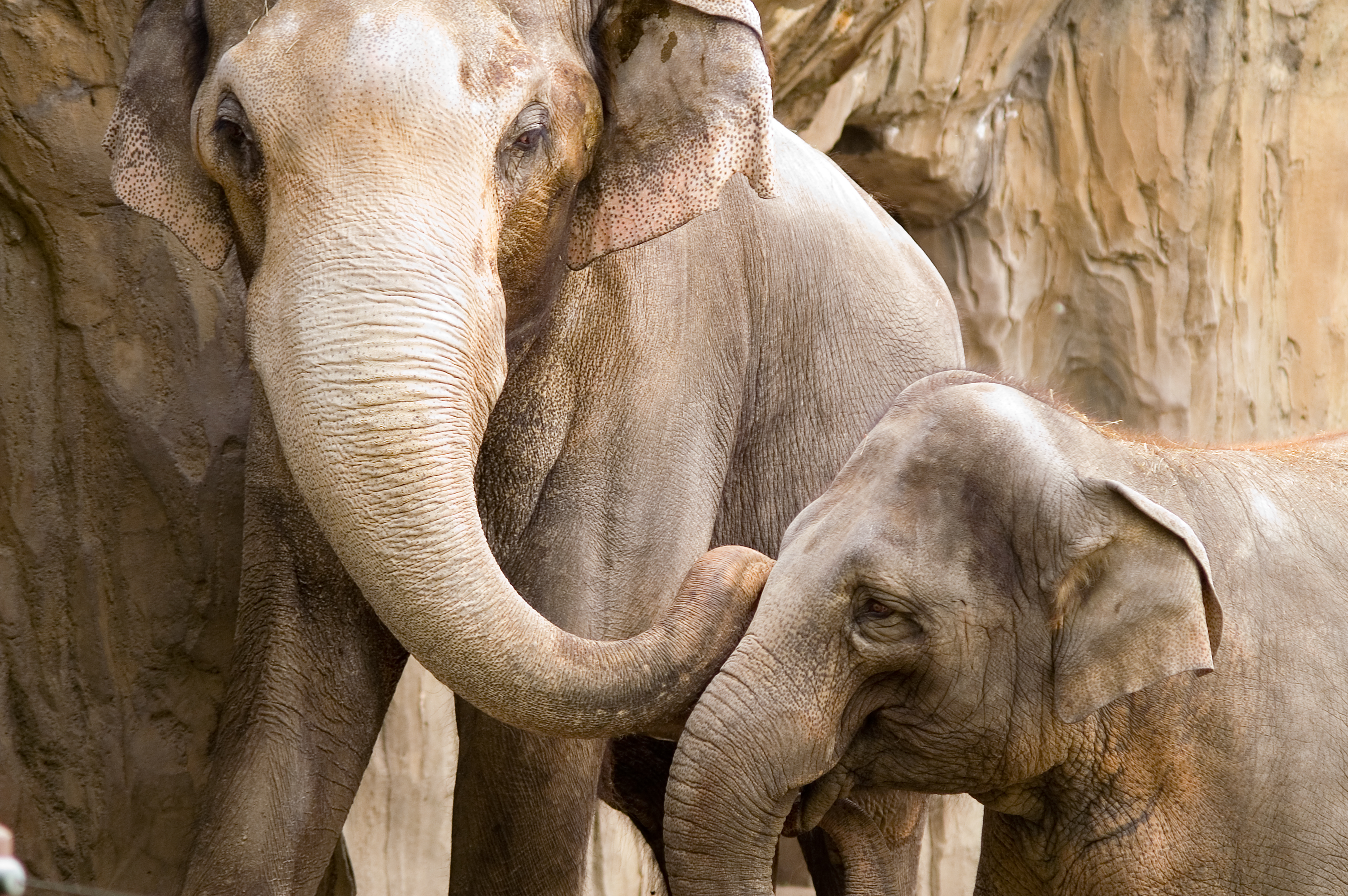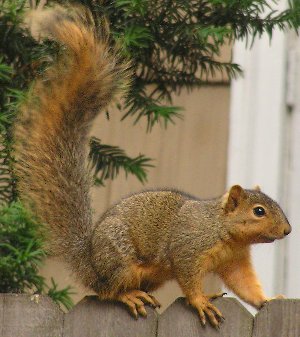I observed three Asian Elephants (Elephas maximus) at the Houston Zoo on a clear, temperate day. I focused my observations on interactions between the three elephants; a mother and her two children. The elephants were held in a large fenced-in enclosure with a pond, grassy areas, and sandy areas. The mother elephant I observed exhibited many examples of well-known elephant parental care strategies.
When I first arrived, only the mother elephant was in the enclosure. She was drinking from the pond when her two children were released into the enclosure one by one. The mother greeted her children by running her trunk over their faces. According to some studies, elephants use this “mouth check” to determine the health and mood of their companion. Scientists believe that elephants have distinct chemical differences in their breath that another elephant can pick up through their trunks (reviewed in Langbauer 2000). The calves also greeted each other in this fashion.

"Elephants-OregonZoo” by StuSeeger is licensed under the terms of the cc-by-2.0.
The elephants seemed to rely heavily on touch throughout my observation. The initial “mouth check” greeting was then followed by many more instances of contact. (more…)




